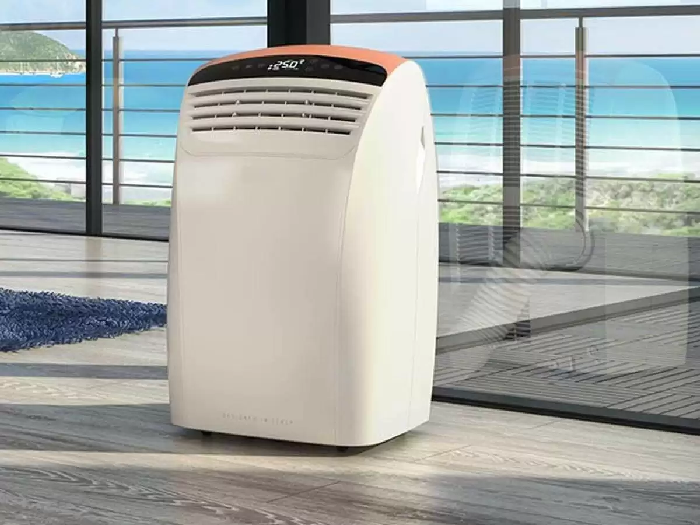Ventilation has always been a big deal; clearly the biggest because it is the means of human survival. It is the most affordable and most energy-productive approach to cool structures. Ventilation works best when joined with strategies to keep away from heat development in your home. At times, normal ventilation will get the job done for cooling, despite the fact that it typically should be enhanced with spot ventilation, roof fans, window fans, portable swamp cooler or evaporative coolers, and many more. At the point when you need to cool an enormous open-air or indoor space without the help of an AC framework, normally moistening fans and evaporative cooling fans are the two most well-known decisions. Inside ventilation is incapable in blistering, moist environments where temperature swings day and night are little.
A portable swamp cooler is a container-formed apparatus with at least one permeable surface that empower air to go through. A fan inside the unit gets outside air through the sides and into the house. To create cool air, each permeable side is fitted with a stack of water-retaining material. Water is put away in a dish at the lower part of the cooler and a little siphon lifts the water to the highest point of each side. To viably cool your home, each cushion needs to stay moist, yet not splashed. Sogginess makes the most dissipation and, in this way, the most cooling. The measure of water the siphon moves may be changed occasionally to appropriately hose the cushions.
The advantage of utilizing a portable swamp cooler is the momentary dissipation that makes them protected to use in regions where water ought not to be available. Wood and fragile hardware are protected from harm.
Moistening fans are a broadly utilized alternative for indoor and open-air applications that require chilling off huge spaces and groups. Like air coolers, a clouding fan will require a water supply. It pulls from the stockpile and deliveries water through little vents in the fan. The edge’s turn separates the water particles into a fine fog. The fog then, at that point vanishes and chills off the encompassing air temperature.
At the point when you realize how air moves normally through your home, you would then be able to upgrade your mechanical ventilation. In hotter environments, normal ventilation can’t circle sufficient air through a home to give adequate cooling around evening time to eliminate the day’s warmth. Mechanical ventilation can give constantly moving air that will keep your home cooler, day and night, with flowing fans, entire house fans, and additionally evaporative coolers.
Related posts
Archives
- April 2024
- March 2024
- February 2024
- January 2024
- December 2023
- November 2023
- October 2023
- September 2023
- August 2023
- July 2023
- June 2023
- May 2023
- April 2023
- March 2023
- February 2023
- January 2023
- December 2022
- November 2022
- October 2022
- September 2022
- August 2022
- July 2022
- May 2022
- April 2022
- March 2022
- February 2022
- January 2022
- December 2021
- November 2021
- October 2021
- September 2021
- August 2021
- July 2021
- June 2021
- May 2021
- April 2021
- March 2021
- February 2021
- January 2021
- December 2020
- November 2020
- September 2020
- August 2020
- July 2020
- June 2020

